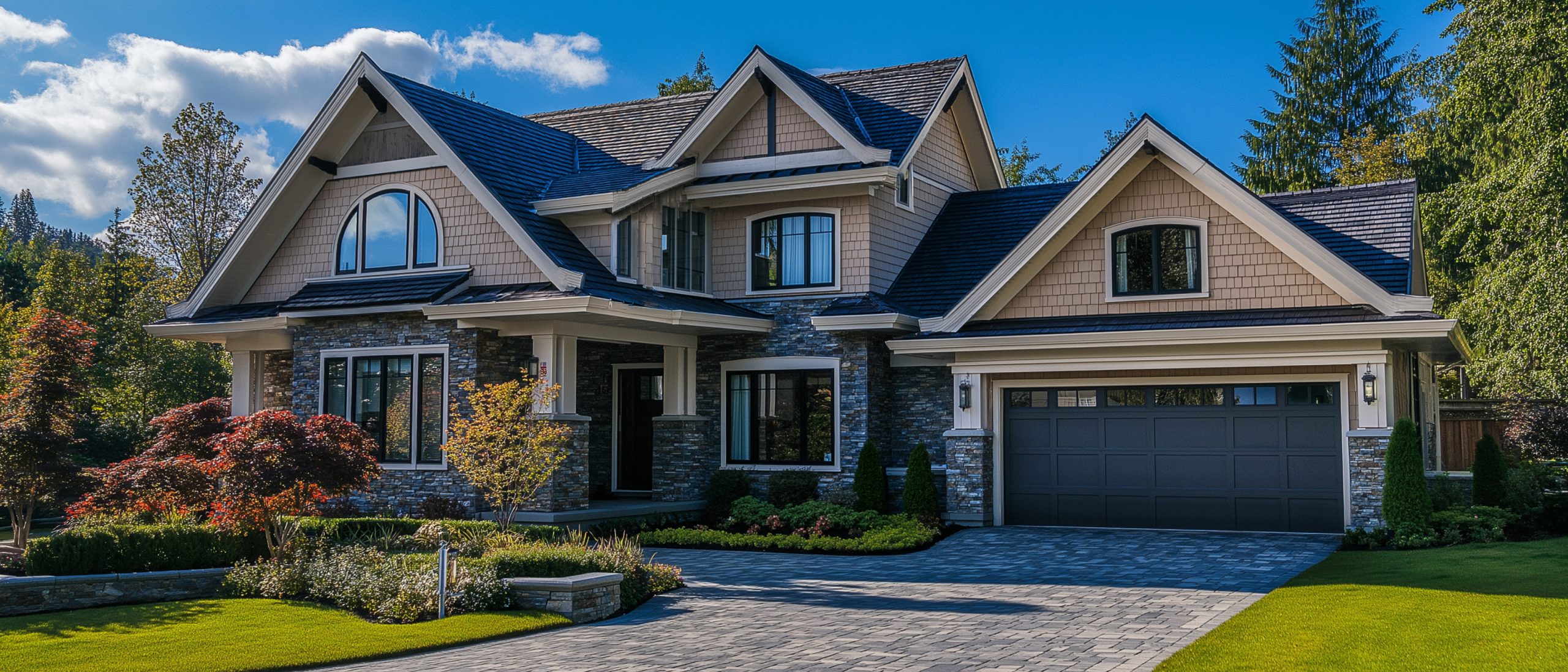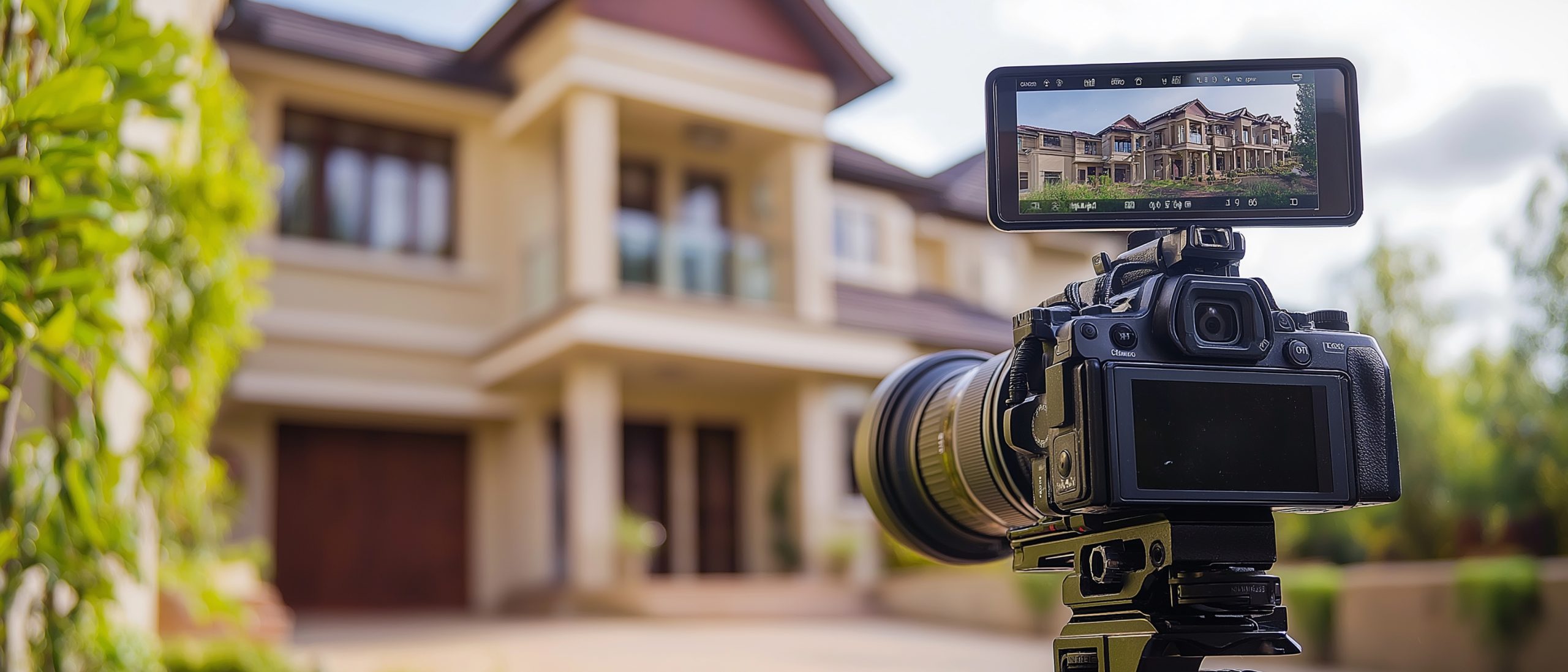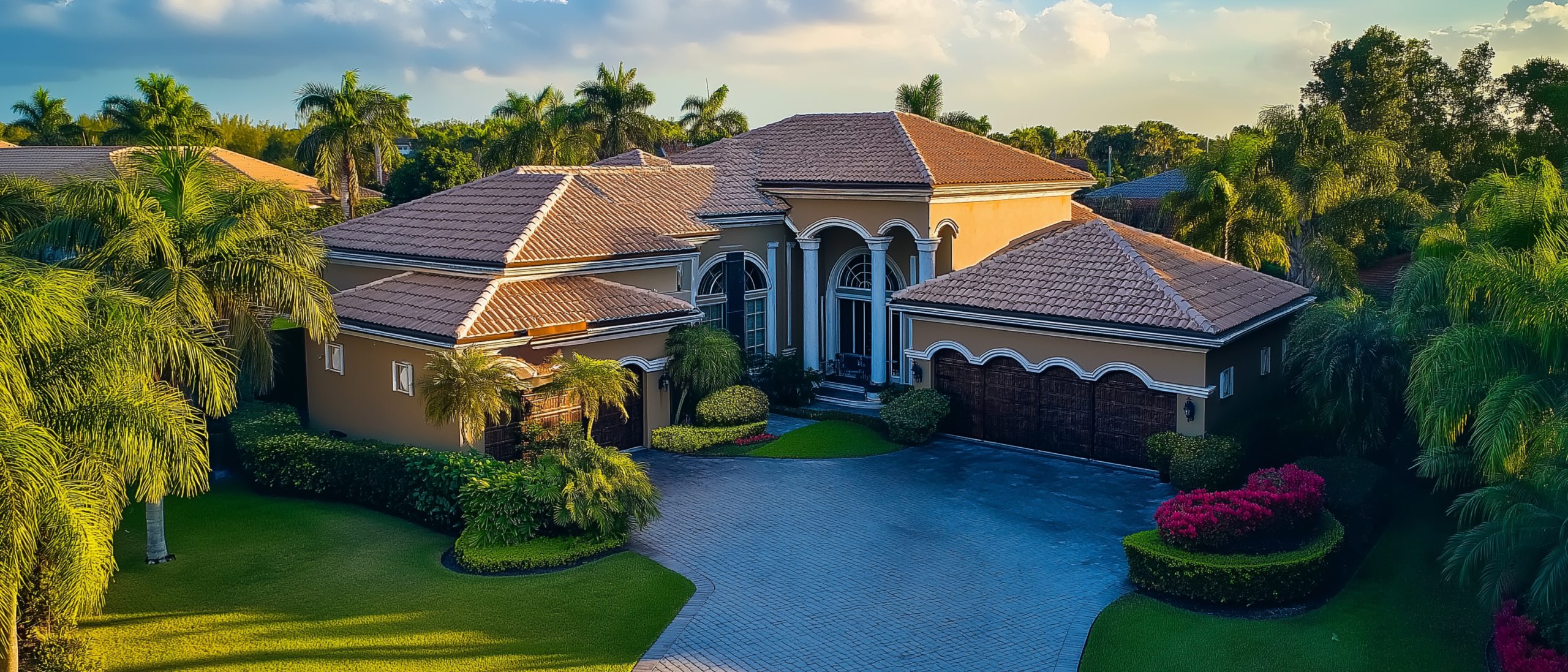
In today’s fast-paced digital world, where visual content grabs attention, real estate video marketing has become an essential tool for agents and sellers. Simply using photos and property descriptions isn’t enough anymore. Video marketing is crucial for showcasing a property and helping potential buyers connect emotionally with it.
Why Real Estate Video Marketing is so Important
Reliable Lead Generation and Nurture
Videos can really grab people’s attention and make a lasting impact. By using engaging visuals, storytelling, and key property highlights, real estate videos can attract quality leads and guide them through the sales process. A good video can spark interest, answer questions, and build trust, which helps turn viewers into buyers.
Real Estate Videos: Tours, Testimonials, and Agent Insights

Real estate video marketing offers a versatile platform for showcasing properties, sharing client testimonials, and establishing agent expertise. Virtual tours provide an interactive way for potential buyers to view properties without leaving their homes.
Testimonials build trust and credibility by showcasing the positive experiences of past clients. Agent insights demonstrate that you are knowledgeable and trustworthy, helping to build confidence in your skills.
Showcase Properties with Aerial and Drone Perspectives
Make your property listings stand out by using amazing aerial and drone videos. Show off beautiful views, highlight important features of the property, and give a sense of luxury that makes your listings different from others.
Aerial footage provides a unique perspective that traditional photography cannot match, giving potential buyers a comprehensive overview of the property and its surroundings.
How to Produce and Share a Real Estate Video
When making real estate videos, you’ll need to choose between doing it yourself or hiring professionals. Each option has its pros and cons.
DIY Video
This involves shooting and editing the videos yourself.
Pros:
- Full creative control.
- It can be done with a simple DSLR or phone (and a drone for aerial shots).
- More cost-effective than hiring professionals.
Cons:
- Achieving the right quality and angles can be challenging.
- It also takes a lot of time and technical skills.
- Editing is key to creating a smooth, professional-looking video, which can be challenging without experience.
While DIY is possible with the right tools, like wide-angle lenses, stabilizers, and good microphones, it can be tough to master unless you’re already familiar with the process.
Professional Video Production or Premade Video
While professional video production offers high-quality results, premade video templates can be a cost-effective and efficient alternative. Choose the option that works best for your budget and resources.
If you opt for professional production, ensure that the videographer has experience in real estate video marketing and understands your target audience. If you opt for premade templates, customize them with your branding and details about the property.
Where Should Real Estate Videos Be Posted?
Property videos are often used in multi-channel marketing strategies. The three most common channels are:
- Social Media: Use social media platforms like Instagram, Facebook, and TikTok to connect with more people and reach potential buyers. To get more attention, ensure to include hashtags, catchy captions, and targeted ads.
- YouTube: Set up a YouTube channel to share your real estate videos and create a collection of useful content. Make your videos easier to find by adding relevant keywords in the titles, descriptions, and tags.
- Real Estate Websites: Add videos to your website and property listings to make them more appealing and give a complete view of the properties. Ensure your videos work well on mobile devices and load quickly to give viewers a smooth experience.
How Long Should Your Real Estate Video Be?

Real estate videos should be concise and engaging, ranging from 1 to 3 minutes. Catch people’s attention right away and keep them engaged during the video. Skip lengthy introductions and extra details. Make sure to clearly show the property’s important features and benefits.
Types of Real Estate Video Content (With Examples)
Real estate videos, much like movies, come in various styles. Instead of documentaries or dramas, you have formats like guided tours and customer testimonials. Here’s a quick look at the main types and what they involve, along with real examples.
- Listing Video: Highlight the property's main features, available amenities, and the surrounding neighborhood. Use high-quality visuals, captivating descriptions, and a compelling call to action. Highlight the property's best features and encourage potential buyers to act fast.
- Testimonial Video: Feature satisfied clients sharing their positive experiences working with you. Highlight their journey, the value you provided, and the successful outcome. Testimonials build trust and credibility, demonstrating your commitment to client satisfaction.
- Advice Video: Share your knowledge and advice on different real estate topics. Offer valuable tips, answer common questions, and position yourself as a trusted advisor. Educational content establishes your authority and helps you connect with potential buyers on a deeper level.
Getting Real About Real Estate Video

These days, real estate video marketing is essential in a competitive market rather than just an added bonus. By using this effective tool, you can boost your brand, attract quality leads, and find great success in the real estate market.
We understand how high-quality videos can help connect with potential buyers and drive results. Remember, a good video makes all the difference. So, let’s get started!